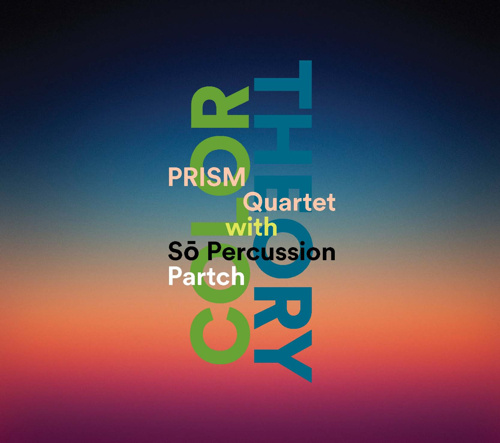Videos
-
Castor and Pollux (remote presentation with choreography by Sarah Swenson)
Notes
World premiere choreography by Sarah Swenson
Performed by Cheryl Banks-Smith, TamsinCarlson, Queala Clancy, Tori Cone, Miranda Cox, and Sarah Swenson
Perhaps the only ‘triple exposure’ in music history, Partch called this infectious dance music, “A tribute to the twin stars of luck. Atonal-dynamic dithyramb. A ritualistic ecstasy…In Castor each of the first three sections requires pairs of different instruments and dancers, all three of which have identical measure patterns, but not necessarily the same rhythms. Number 4, then, is the total of these, played and danced simultaneously. Thus, three different compositions become one composition—the “Delivery,” the logical result and the sum total of the factors that make it inevitable. Pollux follows the same plan: Numbers 5, 6, and 7 combined to result in Number 8.”
Partch Instruments:
Bass Marimba, Castor and Pollux, Cloud Chamber Bowls, Diamond Marimba, Harmonic Canon, Kithara -
Partch performing Castor & Pollux at Roulette, New York, NY
Notes
PRISM Quartet and Partch (East Coast Debut)
CASTOR & POLLUX (1952) by Harry Partch (1901 – 1974)
A Dance for the Twin Rhythms of Gemini
-
Castor & Pollux, live at REDCAT, 2008
Notes
Performed by Partch Ensemble on May 31, 2008
A wild ride in Disney Hall as Music of Microtonal Composer/Inventor Harry Partch Is performed on amazing Instruments by PARTCH, an acclaimed ensemble Under the direction of John Schneider, -Noted Musician, Educator, Founder of Microfest, He hosts the KPFK weekly Radio Show “Global Village” and also hosted the “SOUNDBOARD TV series.
Instruments:
Bass Marimba, Cloud Chamber Bowls, Diamond Marimba, Harmonic Canon, Kithara, Surrogate Kithara
Performances
Recordings
-
2014 Grammy Winner: Best Classical Compendium
(more…)
2014 Grammy Nominee: Best Chamber Performance








